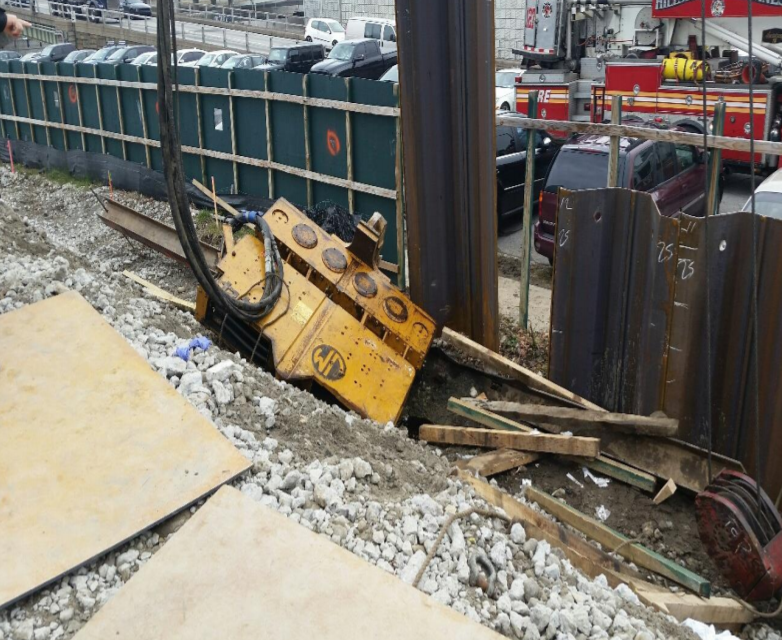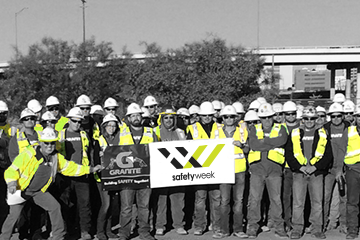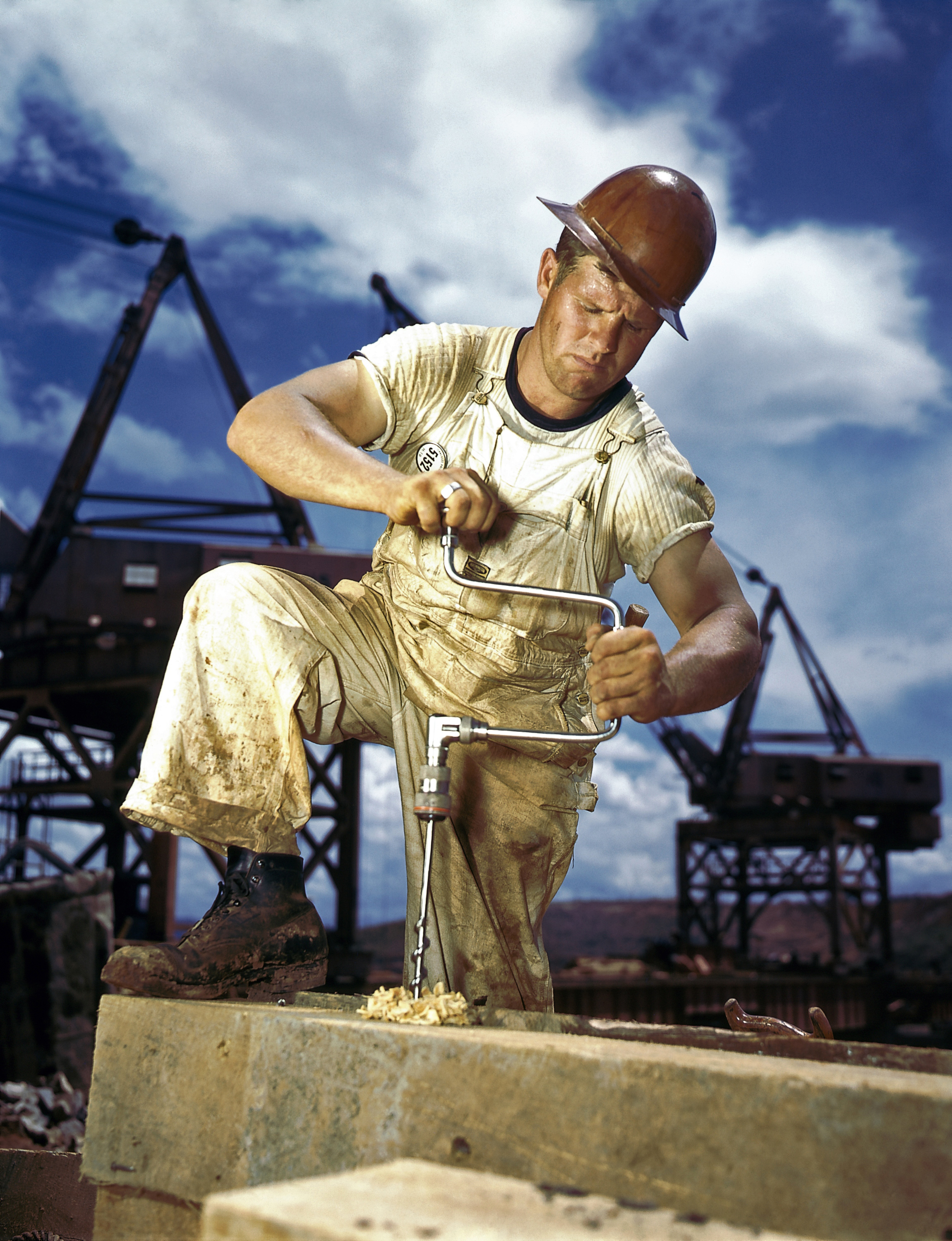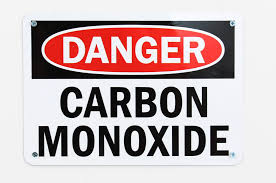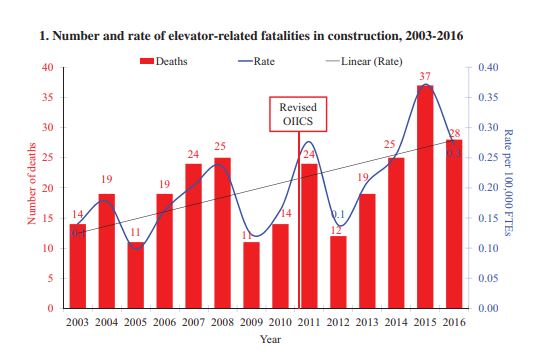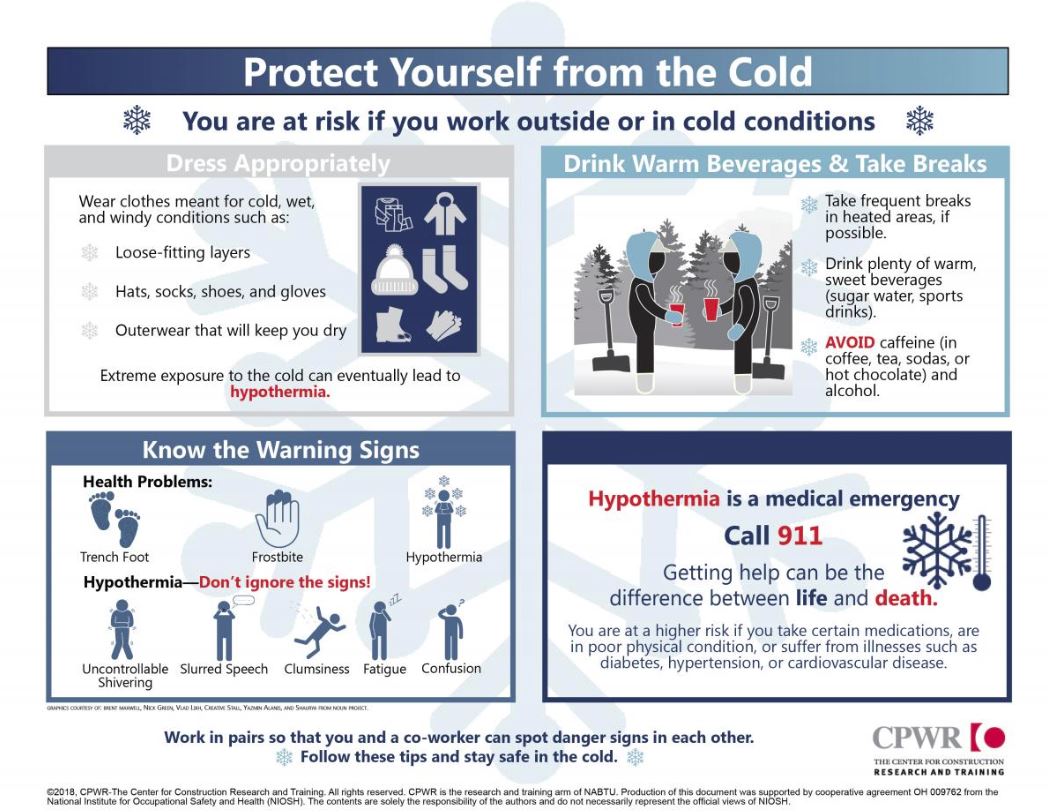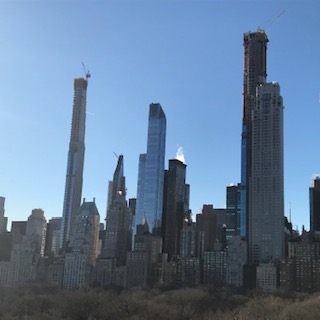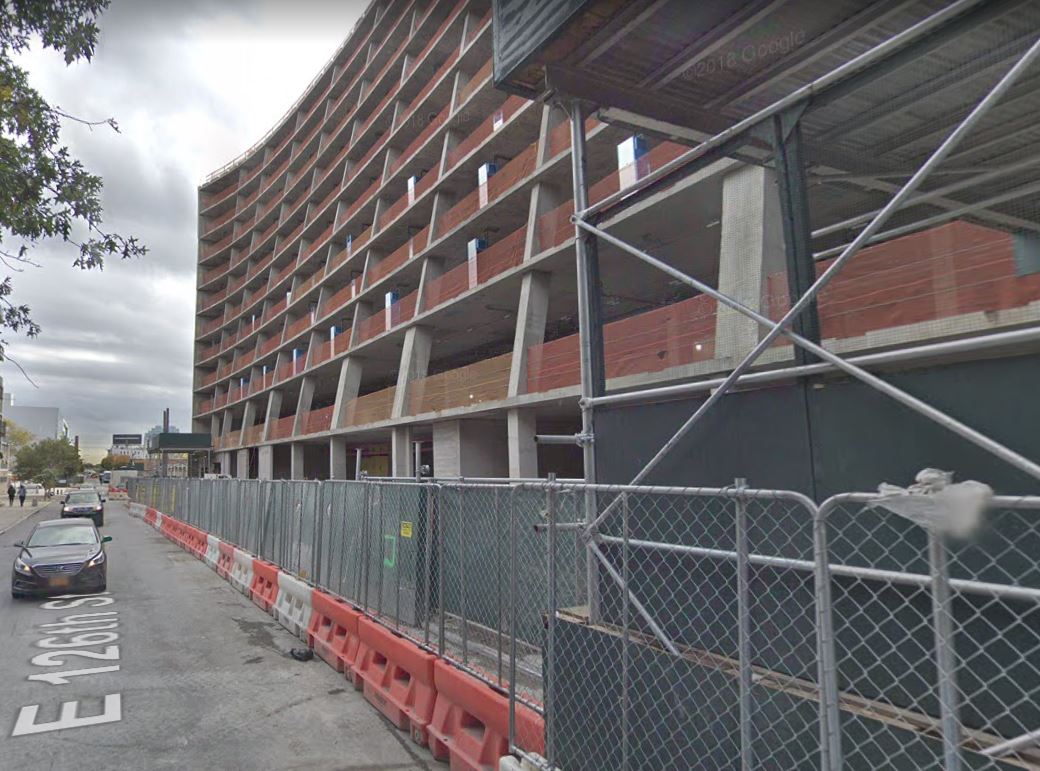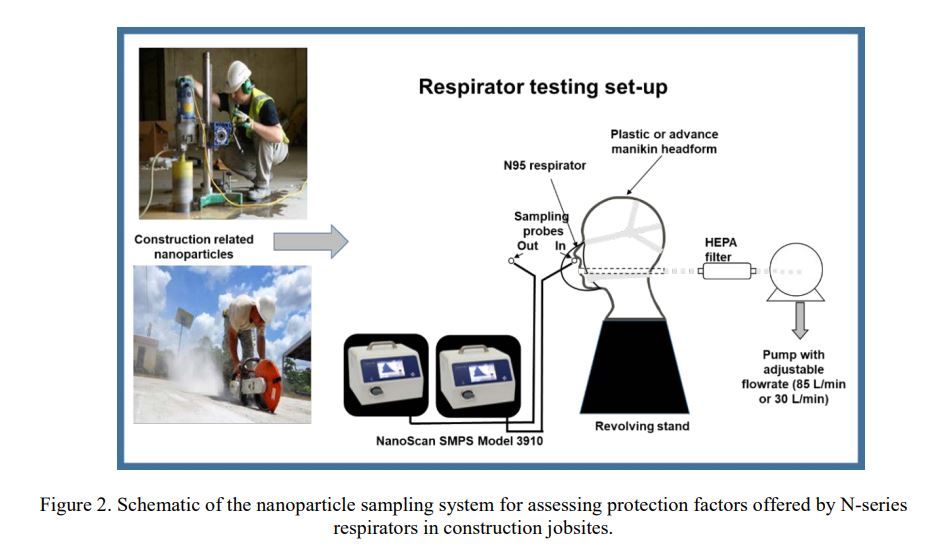Construction worker on scaffold killed by falling stone in New York
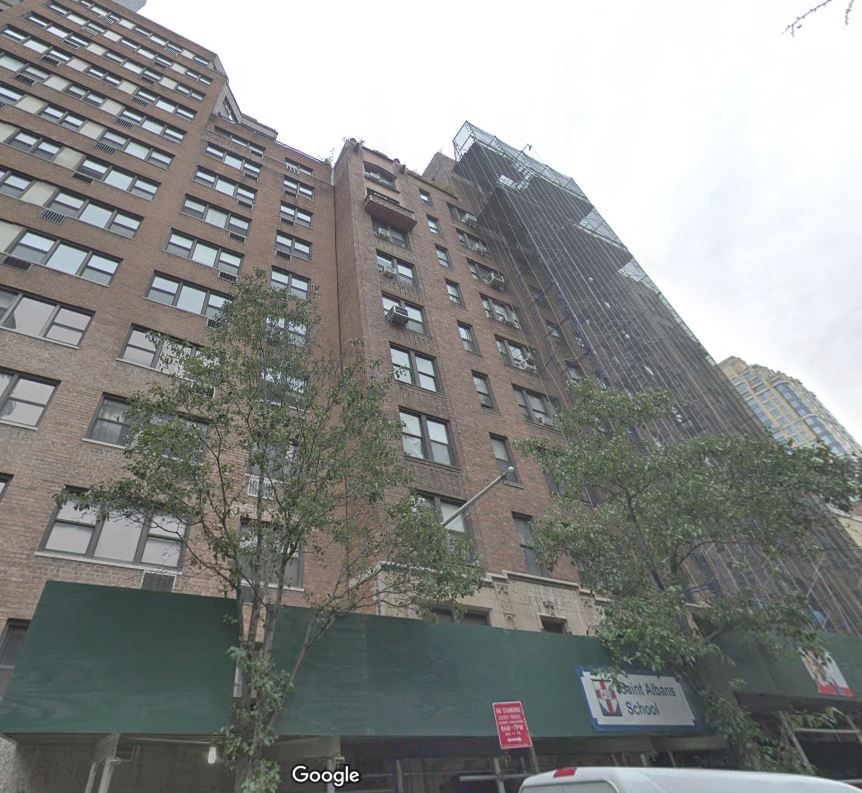 A stone fell on the head of a NYC construction worker and killed him on Monday. 51 year old Nelson Salinas from Queens was on a scaffold, repairing the facade of an Upper East Side residential building in Manhattan when the accident occurred. A delivery man saw him dangling in midair with his head covered in blood and called 911. The worker was rushed to the hospital but he couldn’t be saved.
A stone fell on the head of a NYC construction worker and killed him on Monday. 51 year old Nelson Salinas from Queens was on a scaffold, repairing the facade of an Upper East Side residential building in Manhattan when the accident occurred. A delivery man saw him dangling in midair with his head covered in blood and called 911. The worker was rushed to the hospital but he couldn’t be saved.
Nelson Salinas who was employed by Vlad Restoration, was performing minor facade repair on a suspended scaffold system. He was located at the 7th floor level of the 14-story building locates at 311 E. 50th Street near Second Ave when a coping stone that may have been knocked loose by the equipment used to secure the scaffolding to the facade fell on his head. According to the Department of Buildings investigators the stone was a piece of the building’s parapet. Read more about the accident in the NY Daily News
 New York Personal Injury Attorneys Blog
New York Personal Injury Attorneys Blog


